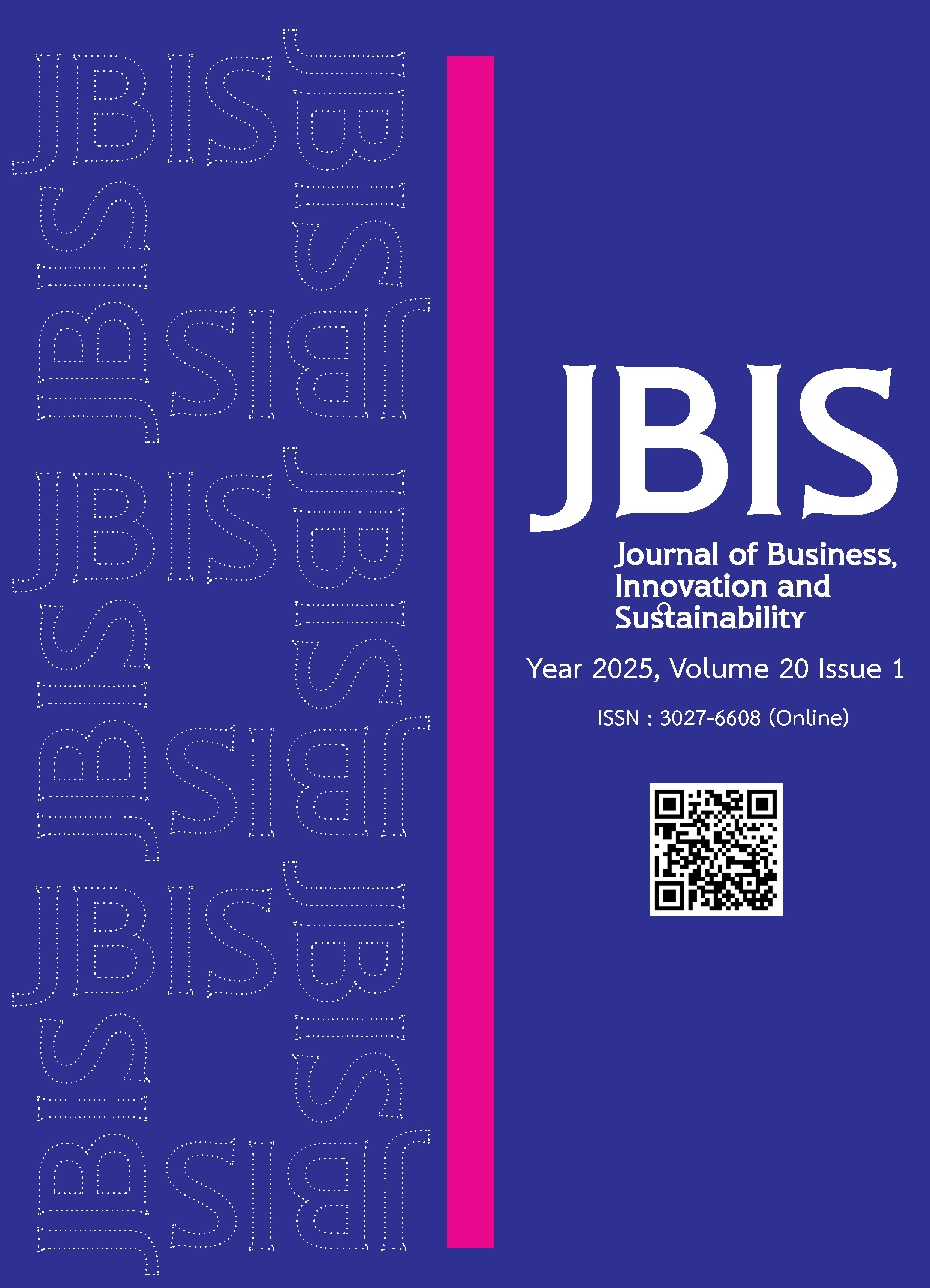Communication To Foster Technology Acceptance Of Telemedicine Among Medical Personnel Under The Covid-19 Epidemic: Case Studies In Medical School Hospitals In Thailand
Main Article Content
บทคัดย่อ
This research, titled "Communication to Foster Technology Acceptance of Telemedicine Among Medical Personnel Under the COVID-19 Epidemic: Case Studies in Medical School Hospitals in Thailand," aimed to (1) study the communication planning strategies for fostering acceptance of telemedicine systems among medical personnel, and (2) examine the factors influencing their acceptance of telemedicine technology. The study employed a qualitative methodology using in-depth interviews with purposively sampled participants, including communication planners and medical personnel, from Chulalongkorn Hospital and Siriraj Hospital. Data were analyzed through thematic content analysis, ensuring alignment with research objectives.
Findings revealed that communication strategies in both hospitals shared four common objectives: (1) raising awareness about telemedicine systems, (2) reducing COVID-19 transmission risks, (3) optimizing hospital bed usage to accommodate critical cases, and (4) enhancing healthcare service capabilities. Factors influencing acceptance included seven key elements: (1) image, (2) subjective norms, (3) voluntariness, (4) job relevance, (5) perceived ease of use, (6) output quality, and (7) result demonstrability, with the supplementary variable of experience identified as the most significant. Personal experience enabled medical personnel to recognize telemedicine's benefits and influenced other factors. Conversely, image had the least impact, as neither hospital prioritized it during system implementation.
The results emphasize that the success of telemedicine adoption relies heavily on strategic communication planning tailored to organizational contexts and the experiences of medical personnel. These findings contribute to the development of effective communication frameworks to promote technology acceptance in healthcare.
Article Details

อนุญาตภายใต้เงื่อนไข Creative Commons Attribution-NonCommercial-NoDerivatives 4.0 International License.
เอกสารอ้างอิง
Bakthula, R., Shivani, S. and Agarwal, S. (2018). Self authenticating medical X-ray images for telemedicine applications. Multimedia Tools and Applications, 77, 8375-8392.
Bhattacherjee, A. (2000). Acceptance of e-commerce services: the case of electronic brokerages. IEEE Transactions on systems, man, and cybernetics-Part A: Systems and humans, 30(4), 411-420.
Chau, P. Y. K. and Hu, P. J. (2002). Examining a model of information technology acceptance by individual professionals: An exploratory study. Journal of Management Information Systems, 18(4), 191-229.
Dash, M., Shadangi, P. Y., Kar, S. and Prusty, R. A. (2019). Conceptual model for telemedicine adoption: An examination of technology acceptance model. International Journal of Recent Technology and Engineering (IJRTE), 8(2), 1286-1288.
Davis, F. D. (1989). Perceived usefulness, perceived ease of use, and user acceptance of information technology. MIS Quarterly, 13(3), 319-340.
Hjelm, N. M. and Julius, H. W. (2005). Centenary of tele-electrocardiography and telephonocardiography. Journal of Telemedicine and Telecare, 11(7), 338.
Holden, R. J. and Karsh, B. T. (2010). The technology acceptance model: Its past and its future in health care. Journal of Biomedical Informatics, 43(1), 159-172.
Jagarapu, J. and Savani, R. C. (2021). A brief history of telemedicine and the evolution of teleneonatology. Seminars in Perinatology, 45(5), 151416.
Kalayasiri and Wainipitapong. (2021). Training of psychiatry and mental health in a low-and middle-income country: Experience from Thailand before and after COVID-19 outbreak. AsiPacific Psychiatry, 13(4), 2.
Kamal, S. A., Shafiq, M. and Kakria, P. (2020). Investigating acceptance of telemedicine services through an extended technology acceptance model (TAM). Technology in Society, 1.
Keratilapin, N. and Siriwong, P. (2018). Patterns and factors affecting organizational communication efficiency in a case study of Banphaeo hospital (public organization). Master thesis, M.A., Silpakorn University, Bangkok.
Kreps, G. L. and Neuhauser, L. (2010). New directions in eHealth communication: Opportunities and challenges. Patient Education and Counseling, 78(3), 287.
Kyriacou, E., Pavlopoulos, S., Berler, A., Neophytou, M., Bourka, A., Georgoulas, A. and Koutsouris, D. (2003). Multi-purpose healthcare telemedicine systems with mobile communication link support. Biomedical Engineering Online, 2, 4.
Paul, D. L., Pearlson, K. E., and McDaniel, R. R. (1999). Assessing technological barriers to telemedicine: Technology-management implications. IEEE Transactions on Engineering Management, 46(3), 287.
Pengput, A. (2020). Perceptions and experiences of medical and public health personnel in using mobile health technology (mHealth) for primary health care services: A qualitative evidence synthesis. Retrieved February 22, 2024, from https://www.cochrane.org/th/CD011942/EPOC_kaarrabruuaelaprasbkaarnkhngbukhlaakrthaangkaaraephthyaelasaathaarnsukhainkaaraichethkhonolyiiupkrnt
Phitaktab. (2019). “mHealth”: A tool for health care of the new generation. Retrieved February 22, 2024, from https://liverchula.org/mhealth-ตััวช่่วยในการดููแลสุุขภ/
Ramírez-Correa, P., Ramírez-Rivas, C., Alfaro-Pérez, J. and Melo-Mariano, A. (2020). Telemedicine acceptance during the COVID-19 pandemic. International Journal of Environmental Research and Public Health, 17(13), 4853.
Ramírez-Correa, P., Ramírez-Rivas, C., Alfaro-Pérez, J. and Melo-Mariano, A. (2020). Telemedicine acceptance during the COVID-19 pandemic: an empirical example of robust consistent partial least squares path modeling. Symmetry, 12(10), 1593.
Sahin, I. (2006). Detailed review of Rogers' diffusion of innovations theory and educational technology-related studies based on Rogers' theory. Turkish Online Journal of Educational Technology (TOJET), 5(2), 14-17.
Schiavo, R. (2007). Health communication: From theory to practice.Jossey-Bass. Sanfrancisco, 223-226.
Segrelles-Calvo, G., López-Padilla, D., Chiner, E., Fernández-Fabrellas, E. and de Granda-Orive, J. I. (2017). Acceptance of telemedicine among respiratory healthcare professionals. European Research in Telemedicine, 6(3-4), 147-155.
Thongjood, T. (2021). A study of telemedicine consultation factors affecting attitudes and intention to use telemedicine services of Ramathibodi Hospital patients. Master thesis, M.S., Mahidol University, Bangkok.
Venkatesh, V. and Bala, H. (2008). Technology acceptance model 3 and a research agenda on interventions. Decision Sciences, 39(2), 12, 273-315.
Venkatesh, V. and Davis, F. D. (2000). A theoretical extension of the technology acceptance model: Four longitudinal field studies. Management science, 46(2), 10, 186-204.
Zhou, M., Zhao, L., Kong, N., Campy, K. S., Qu, S. and Wang, S. (2019). Factors influencing behavior intentions to telehealth by Chinese elderly: An extended TAM model. International Journal of Medical Informatics, 126, 118-127.


